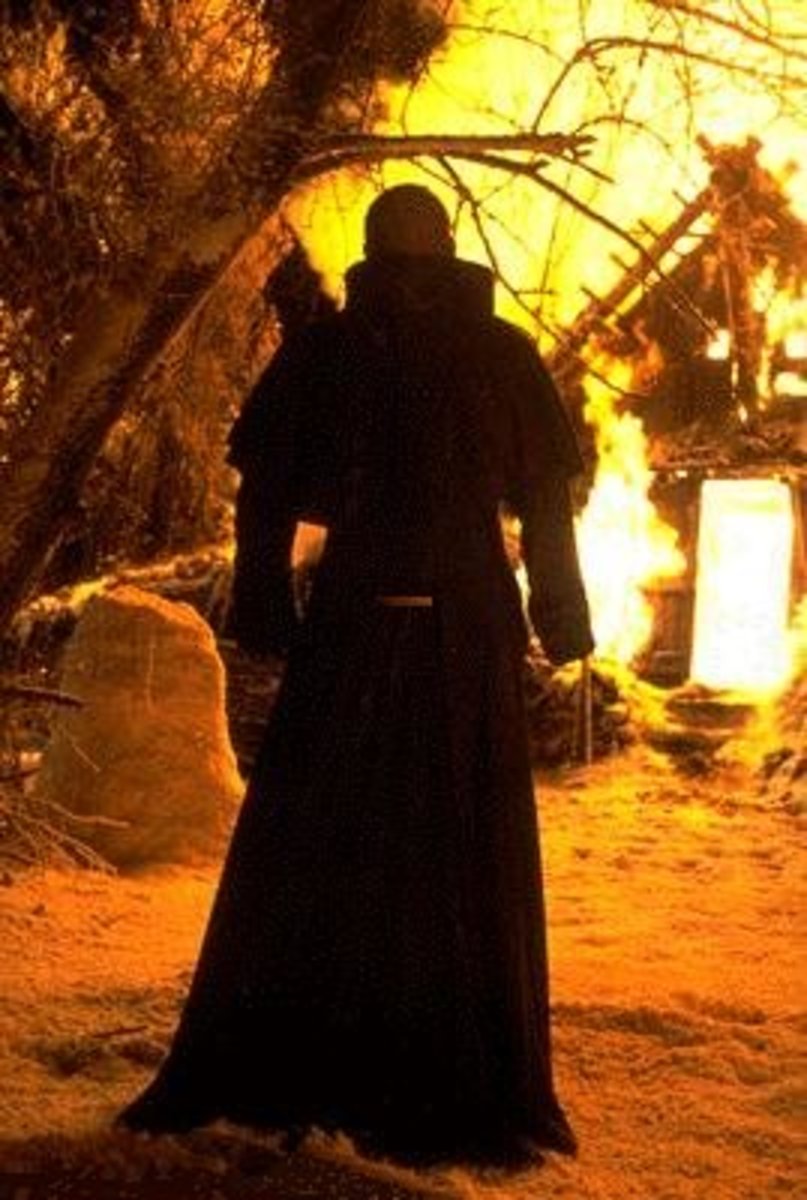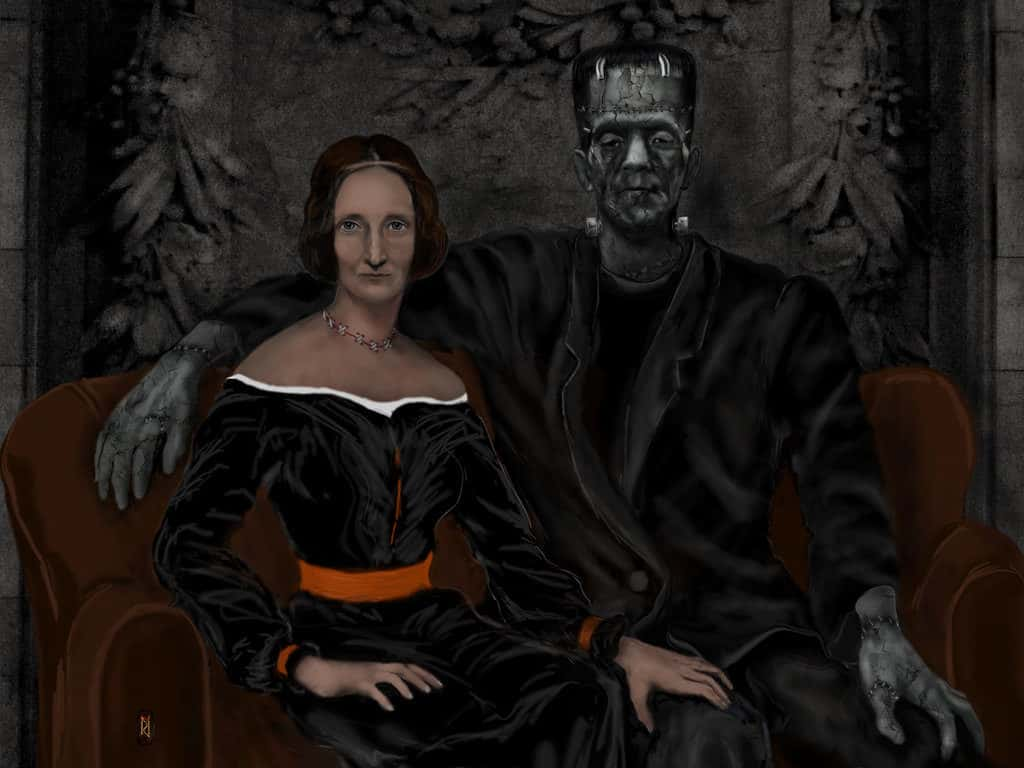Morality As Depicted In Mary Shelleys Frankenstein - consider, that
When I was about fifteen years old we had retired to our house near Belrive, when we witnessed a most violent and terrible thunderstorm. It advanced from behind the mountains of Jura, and the thunder burst at once with frightful loudness from various quarters of the heavens. I remained, while the storm lasted, watching its progress with curiosity and delight. As I stood at the door, on a sudden I beheld a stream of fire issue from an old and beautiful oak which stood about twenty yards from our house; and so soon as the dazzling light vanished, the oak had disappeared, and nothing remained but a blasted stump. When we visited it the next morning, we found the tree shattered in a singular manner. It was not splintered by the shock, but entirely reduced to thin ribbons of wood. I never beheld anything so utterly destroyed. Before this I was not unacquainted with the more obvious laws of electricity. Morality As Depicted In Mary Shelleys Frankenstein.![[BKEYWORD-0-3] Morality As Depicted In Mary Shelleys Frankenstein](https://images.saymedia-content.com/.image/t_share/MTc0MDExMzAyNzYxNzM2MDU5/the-secret-of-life-the-role-of-science-in-mary-shelleys-frankenstein.jpg)
Frankenstein Play Review Analysis
It's Alive! And while all of these themes have been relevant since the time the original novel was written, what adds to the long legacy of the character and his story are the various interpretations of it. Advertisement But why does the story Depicte Frankenstein thrive like this, while other horror icons often feel so diluted through each subsequent adaptation? Why is it such a prime candidate for remix and reinvention? Likely, it has to do with the questions it asks, with each director, writer, and artist attached to it providing their own unique answers.
Every creator involved in Frankenstein has become a mad doctor themselves, each adaptation reflecting their particular obsessions and traumas. There's no one way to tell his tale. We simply approach it, body parts in hands, ready to design a monster in our own image. Fascinated by Galvanism, the process of applying electrical current to organisms in a way to prompt convulsions and by stories of the supernatural, Shelley applied these interests to Frankenstein, developing a narrative that Mkrality one day eclipse the fame of her, her husband, and Depictfd contemporaries.
Shelley had been extensively tutored in her youth by her father, who would later all but abandon her due Morality As Depicted In Mary Shelleys Frankenstein his dissatisfaction with her future husband. Along with the fact that she and her husband often found themselves broke and living on the outskirts Analysis John Attachment Theory other artists, this all provides a fitting foundation for the monster, a man whose paternal figure leaves him in horror and thus finds solace in learning language.
Bythe British Parliament established a law to stop it, but it was shocking that Shelley seemed to be dramatizing the crimes and then asking readers to consider the moral implications of their fantastical aftermath. Lead star Colin Clivewho played Henry Frankenstein, was a fiery performer caught in the throes of a long battle with alcoholism. And in the role of the monster was Boris Karloffpreviously a bit player whose sunken cheeks and unwavering gaze would not only lead to a career-spanning engagement with horror but a read article revitalization of his career.
Morwlity Meanwhile, the Marg offered Whale another chance to redefine the story. In the novel, the creature asks for a mate to ease his loneliness, but in the middle of surgery, Morality As Depicted In Mary Shelleys Frankenstein panics at the potential chaos of unleashing two of these things upon the world and violently dismembers it before it can be awakened. In "Bride," though, the experiment is finished and released to a world of male urges—Henry creating her against her will for another man, the malevolent Dr. Pretorius gazing on her with nefarious curiosity, and the monster reaching for her, claiming her as his right.
A woman can create the most famous horror character in history, but in the end, it is men that want to control her destiny.

These men and women not only gave Frankenstein a face but turned the monster into an empathetic everyman. Along with their previous efforts like The Hunchback of Notre Dame, The Phantom of the Opera and Dracula, Frankenstein helped turn Universal Pictures into a go-to house of horror, giving them one of Shellsys biggest genre booms any studio has ever seen.
Science May Be Interesting To Most, But Its Development
So closely related is Hammer to its British horror successes in the mid 20th century that its early period is often ignored. But thanks to the science fiction success found in the Quatermass franchise, Hammer gained its footing and then threw a grenade into the horror industry itself with "The Curse of Frankenstein. With the scars slathered on the menacing Christopher LeeHammer set the standard for itself as a purveyor of shocking, colorful, gothic horror, their effects and violent scenes seemingly testing the waters for later splatter directors like Herschell Gordon Lewis.
While the monster was returned to the continent of its origin, it played far looser with the thematic consequences of the source material.
Post navigation
Actors like Peter Cushing and the aforementioned Lee gained lifelong associations with their Inn as madmen and monsters, respectively. Director Terrence Fisher, who while talented, was the epitome of a workmanlike filmmaker, and found a Frankebstein with his steady hand over the proceedings. And Hammer rode the broad shoulders of Frankenstein to global success, churning out dozens of horror films in its wake. That they eventually exhausted themselves and fell behind the times was not the fault of Frankenstein, but of their inability to abandon him. The idea of Frankenstein, a withdrawn scientist absconding from normal relationships with his beloved to construct a handsome, vital superman, is the one that Flesh Morality As Depicted In Mary Shelleys Frankenstein to. Haunted by the libidos of himself and his creations, Baron Frankenstein and those around him are quite literally Social Identification by their sex drives.
The casting of Robert De Niro as the monster is inspired in the loosest sense of the word, seeming like less of a surefire decision and more of the product of an Academy Award winner dartboard.

And the made-for-TV Frankenstein stars Randy Quaid as the monster, sharing a psychic connection with his creator and fitting in with the wave of early '90s low budget sci-fi like Mindwarp or Mandroid.]
One thought on “Morality As Depicted In Mary Shelleys Frankenstein”